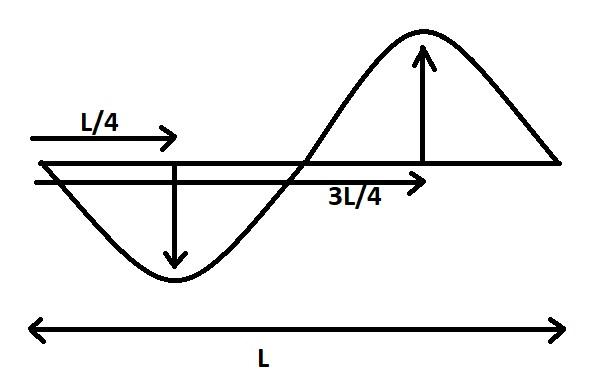Question
Question: The distance between a node and an anti-node is A. \[2\lambda \] B. \[\lambda \] C. \[\dfrac{\...
The distance between a node and an anti-node is
A. 2λ
B. λ
C. 2λ
D. 4λ
Solution
From definition we know that an antinode and a node is 21the distance between 2consecutive nodes. Then we solve it using the formula λ=2(2×Distance between a node and an antinode).
Complete step by step solution:
Here,
From the definition we know that,
The wavelength of a wave is defined as having twice the distance between two consecutive nodes and antinodes.
Now,
The distance between an antinode and a node is 21 the distance between 2 consecutive nodes.
Therefore,
λ=2(2× Distance between a node and an antinode)
Hence,
The required distance is 4λ

Note: From definition we know that an antinode is the place where the wave’s maximum amplitude is generated by positive interference of the incoming and reflected waves. A node, by comparison, is the position where destructive interference reduces the amplitude of the wave to zero.
